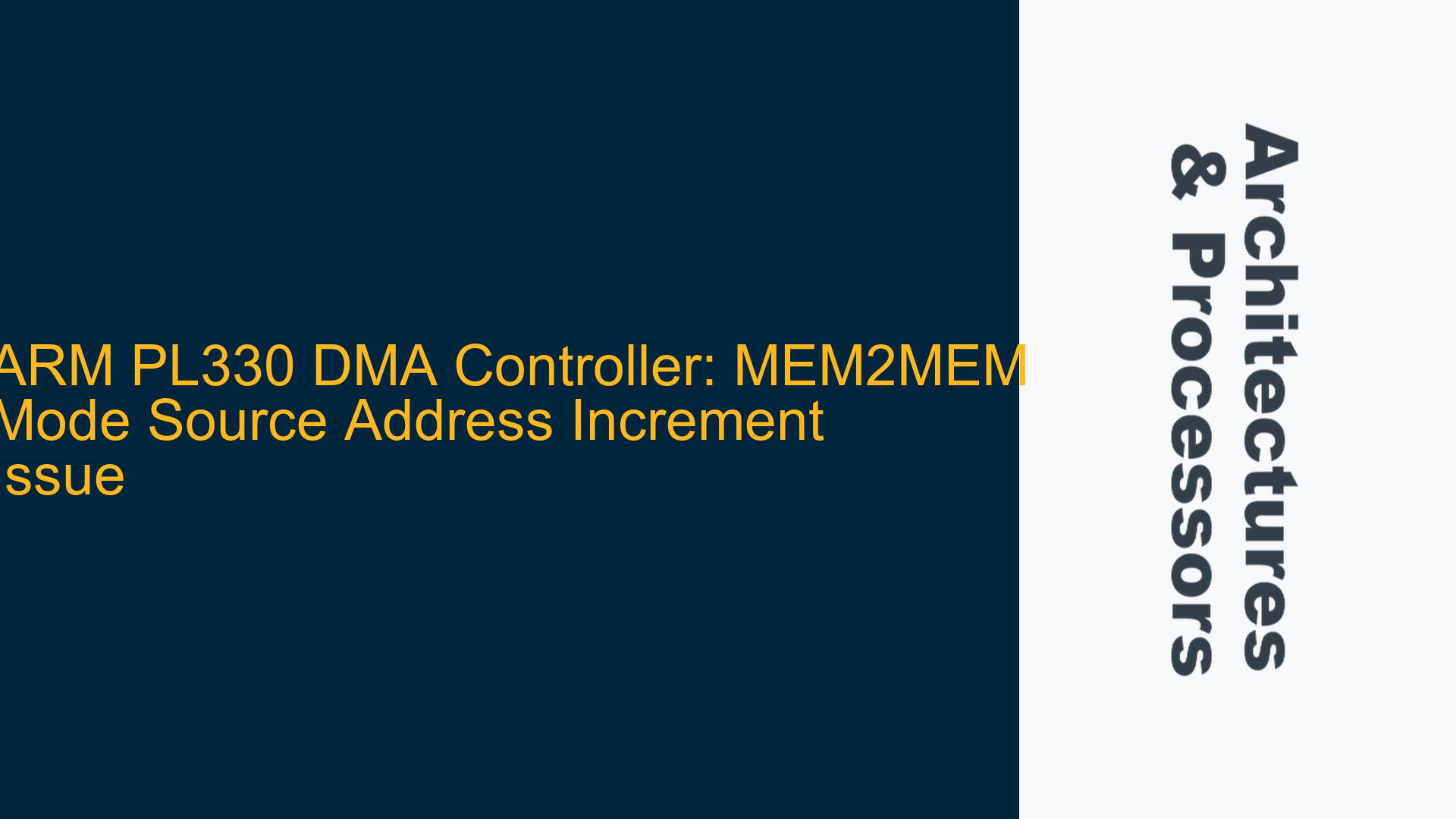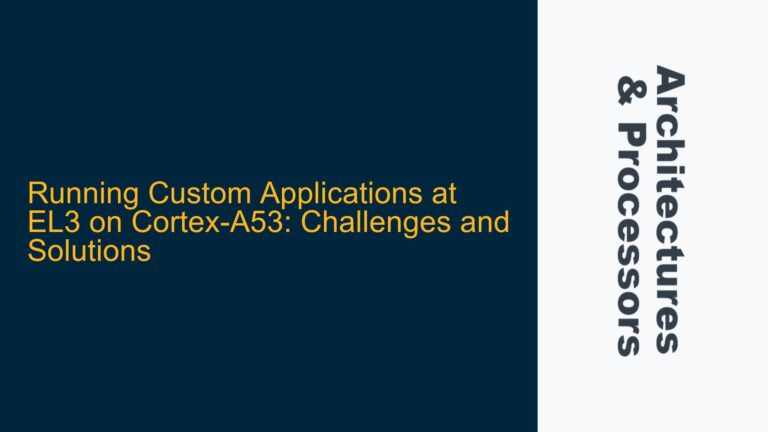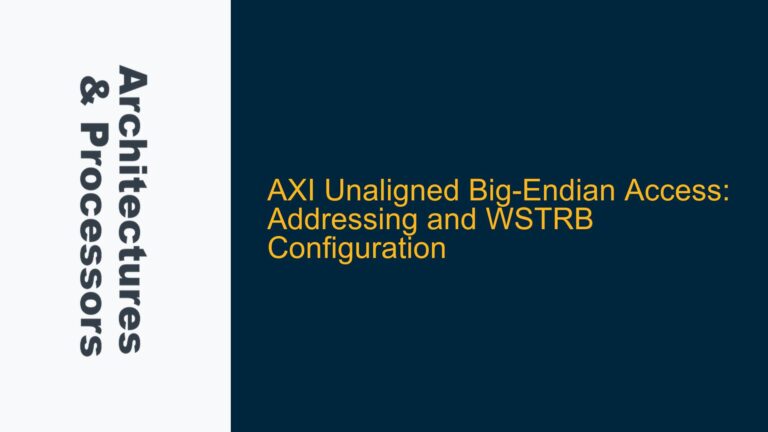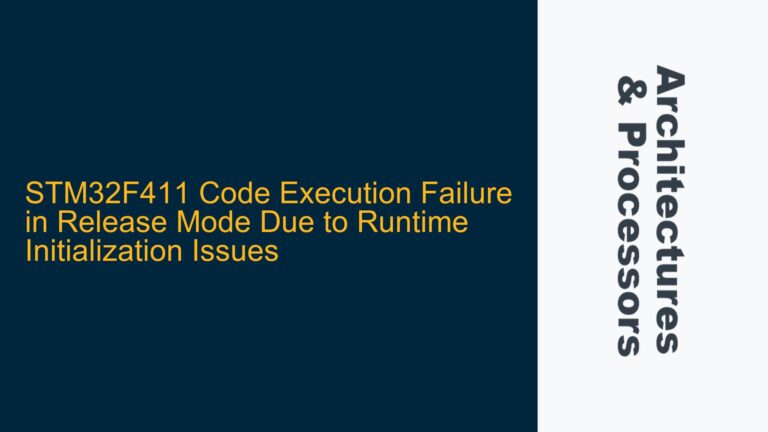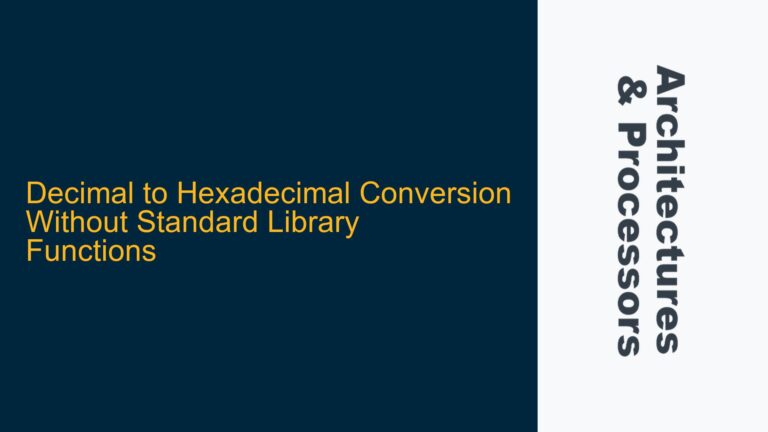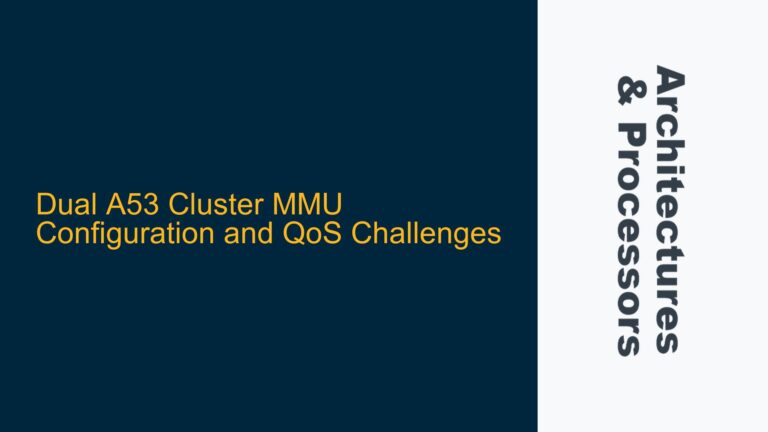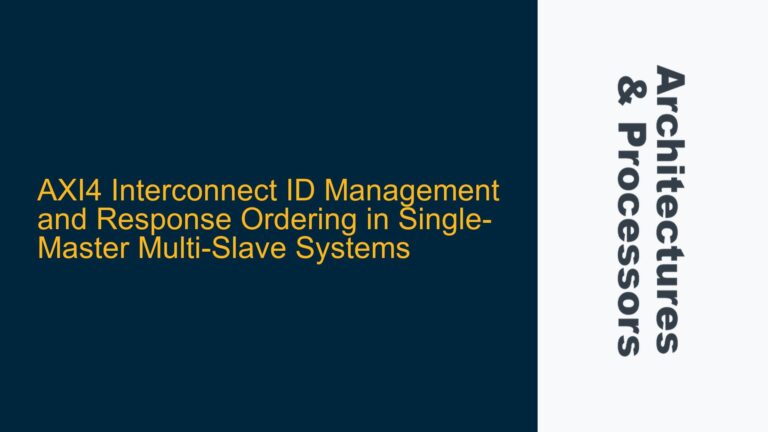ARM PL330 DMA Controller MEM2MEM Mode Configuration Challenges
The ARM PL330 DMA controller is a highly configurable and efficient Direct Memory Access (DMA) engine that is widely used in embedded systems for offloading memory transfer tasks from the CPU. One of its key features is the ability to operate in MEM2MEM (Memory-to-Memory) mode, where data is transferred from one memory location to another without CPU intervention. However, configuring the PL330 DMA controller in MEM2MEM mode with specific address increment settings can lead to unexpected behavior, particularly when the source address increment is disabled.
In this scenario, the user is attempting to configure the PL330 DMA controller to transfer data from a source memory location to a destination memory location without incrementing the source address. The expectation is that the destination array will be filled with the same value from the source address. However, when the source address increment is disabled, the DMA controller returns a data_read_err error. This issue does not occur when both the source and destination address increments are enabled, indicating a potential misconfiguration or hardware limitation.
The problem is further complicated by the fact that the PL330 DMA controller’s behavior in this specific configuration is not well-documented, and there is limited information available online. This makes it challenging to diagnose and resolve the issue without a deep understanding of the PL330’s internal workings and the ARM architecture.
Memory Address Increment Configuration and DMA Transfer Errors
The root cause of the data_read_err error when disabling the source address increment in MEM2MEM mode lies in the PL330 DMA controller’s handling of memory address increments and the associated control registers. The PL330 DMA controller uses the Channel Control Register (CCR) to configure various aspects of the DMA transfer, including the source and destination address increment settings.
When the source address increment is disabled, the PL330 DMA controller expects the source address to remain constant throughout the transfer. However, the controller’s internal logic may not be designed to handle this configuration correctly in MEM2MEM mode, leading to a data_read_err error. This error typically indicates that the DMA controller encountered an issue while reading data from the source memory location.
One possible explanation for this behavior is that the PL330 DMA controller’s internal state machine or address generation logic assumes that the source address will be incremented during the transfer. When the source address increment is disabled, the controller may attempt to read from an invalid or misaligned memory address, resulting in a data_read_err error.
Additionally, the PL330 DMA controller’s handling of fixed transfers (where the source address is not incremented) may differ from its handling of normal transfers. The controller may require specific configurations or commands, such as the STZ (Store Zero) command, to handle fixed transfers correctly. If these configurations are not applied, the controller may fail to execute the transfer as expected.
Implementing Correct DMA Configuration and Error Handling
To resolve the data_read_err error and successfully configure the PL330 DMA controller for MEM2MEM mode with a fixed source address, the following steps should be taken:
Step 1: Verify the Channel Control Register (CCR) Configuration
The first step is to ensure that the Channel Control Register (CCR) is configured correctly for the desired DMA transfer. The CCR should be set to disable the source address increment while enabling the destination address increment. The following table outlines the relevant bits in the CCR:
| Bit | Description | Value |
|---|---|---|
| 5 | Source Increment | 0 (Disabled) |
| 6 | Destination Increment | 1 (Enabled) |
| … | Other Configuration Bits | … |
It is important to verify that the CCR is being written correctly and that the configuration is being applied as expected. This can be done by reading back the CCR after writing it and comparing the values.
Step 2: Use the STZ Command for Fixed Transfers
If the PL330 DMA controller is being used to fill the destination array with a fixed value from the source address, the STZ (Store Zero) command should be used instead of the standard LD (Load) and ST (Store) commands. The STZ command is specifically designed for fixed transfers and may be required to avoid the data_read_err error.
The following code snippet demonstrates how to configure the PL330 DMA controller for a fixed transfer using the STZ command:
// Configure the DMA channel for fixed transfer
pl330_channel_config_t config;
config.src_inc = PL330_ADDR_FIXED;
config.dst_inc = PL330_ADDR_INC;
config.transfer_size = sizeof(uint32_t);
config.src_addr = (uint32_t)&source_value;
config.dst_addr = (uint32_t)&destination_array[0];
config.command = PL330_CMD_STZ;
// Write the configuration to the DMA channel
pl330_configure_channel(&config);
Step 3: Implement Data Synchronization Barriers
To ensure that the DMA transfer is executed correctly and that the data is synchronized between the source and destination memory locations, data synchronization barriers should be implemented. These barriers prevent the CPU from accessing the memory locations involved in the DMA transfer until the transfer is complete.
The following code snippet demonstrates how to implement data synchronization barriers using the ARM DSB (Data Synchronization Barrier) instruction:
// Start the DMA transfer
pl330_start_transfer();
// Wait for the DMA transfer to complete
while (pl330_transfer_complete() == 0) {
// Wait...
}
// Insert a data synchronization barrier
__DSB();
Step 4: Handle DMA Errors and Debugging
If the data_read_err error persists after implementing the above steps, additional debugging may be required to identify the root cause of the issue. This can be done by enabling DMA error interrupts and implementing an error handler to capture and analyze the error.
The following code snippet demonstrates how to enable DMA error interrupts and implement an error handler:
// Enable DMA error interrupts
pl330_enable_error_interrupts();
// Implement the DMA error handler
void dma_error_handler(void) {
uint32_t error_status = pl330_get_error_status();
if (error_status & PL330_ERROR_DATA_READ) {
// Handle data read error
// ...
}
// Clear the error status
pl330_clear_error_status();
}
Step 5: Validate the DMA Transfer
Finally, the DMA transfer should be validated to ensure that the destination array is filled with the correct values from the source address. This can be done by comparing the contents of the destination array with the expected values.
The following code snippet demonstrates how to validate the DMA transfer:
// Validate the DMA transfer
for (int i = 0; i < ARRAY_SIZE; i++) {
if (destination_array[i] != source_value) {
// Handle validation error
// ...
}
}
By following these steps, the PL330 DMA controller can be successfully configured for MEM2MEM mode with a fixed source address, and the data_read_err error can be resolved. It is important to carefully configure the DMA controller, use the appropriate commands, and implement data synchronization barriers to ensure reliable and efficient DMA transfers.
